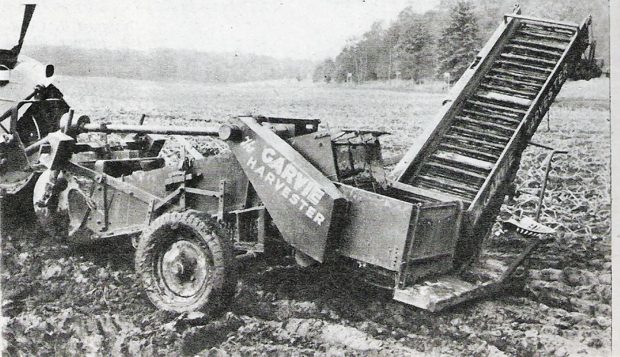Potatoes have been part of Scottish culture for years, with the humble fish supper being the original fast food, but it is in agriculture where their impact was felt most.
Mention is made of potatoes being grown as a field crop at Kilsyth in 1728 and the crop became an important part of the diet in the Highlands and islands in a similar way to Ireland and with similar consequences of the blight epidemic. The poor in the lowlands also depended on the crop and with the coming of the industrial and agricultural revolutions, potatoes started to be grown as a cash crop on small holdings and the newly enclosed and improved farms in the fertile lowlands.
The crop proved ideal as a reclamation and a cover crop for bringing poorer land into cultivation and to keep weeds down as part of the rotation as canopy from the shaws smothered out weeds. With the Irish and a lesser extent Highland potato famines focusing the minds, breeders such as William Paterson of Dundee, brought out more disease-resistant varieties such as Victoria in 1863.
His work was then taken up by Fife’s Archibald Finlay who by World War I claimed that 98% of the potatoes fed to the troops were of his breeding. Donald McKelvie brought us the Arran varieties from his island base while later individuals included Caithness’s Jack Dunnett. Official agencies became more involved as the Scottish seed potato industry grew in the 20th century.
Plant breeding and crop health in Scotland is an ongoing quest but the nation also took the lead with mechanised production in the post war era.
Many attempts were made by Scots to develop full mechanical harvesting with varying degrees of success but it was in the field of stone separation where achievement was attained with many a machine having Scottish origins including Reekie, Scorgie and Kingdom. Potato box handling was also embraced here and today’s controlled stores are a long way off from the original underground potato houses of the 1700s.
An event at Cupar in Fife in June will mark the developments of the crop.
